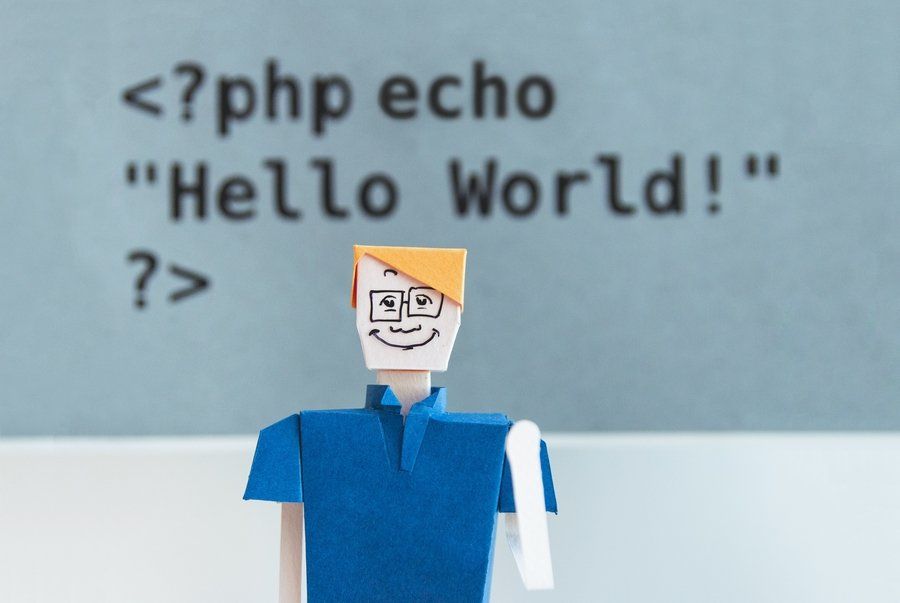Good Design Is Good Business

A workspace can tell a lot about a company, its employees, and most of all, its leadership
According to the 2014 Bureau of Labor Statistics “Time Study”, workers between the ages of 25 and 55 spend an average of 8.7 hours of their day on work-related activities. For many of us, this means time spent at the office – a lot of time. In a given year, the average worker is likely to find themselves spending over 2,000 hours at their office.
At the centre of every business is talent, and it’s my belief that their time is the most valuable resource we have. That is why when my company outgrew its space and it was time to move, I made sure to stay involved in all aspects of the project. I was determined to design the perfect environment for our company.
We started with a blank slate. To begin the process, we outlined several philosophies to guide decision making.
First and foremost, I wanted the space to reflect who we are as a company. Next, I wanted to ensure we created a collaborative environment where employees interact and move freely from space to space.
Finally, and probably the most poignant, the design had to meet these goals within a budget – a tall order to achieve in Silicon Valley.
Designing an entire office is not for the faint of heart.
Reflect who we are
I believe a workspace can tell a lot about a company, its employees, and most of all, its leadership. In my company, we wanted to design an office to reflect our values, both as a company and as individuals. Together, the entire team chose several guiding principles we wanted the space to communicate: authenticity, humility, fun, passionate, and dedicated.
- Authentic: Everyone from the management team to myself, the CEO (chief executive officer), has the exact same setup.
- Humble: Nothing too flashy or over the top.
- Fun: We included comfortable seating areas for group activities, speakers throughout the building, and a large, open kitchen for team meals.
- Passionate: We communicated our excellence as a company by displaying various awards and certifications throughout the building.
- Dedicated: We provided each employee with the highest standards for ergonomic furniture – raisable desks, award-winning chairs, and standing conference rooms to keep people moving and on task.
These principles influenced every decision we made, down to the colours of paint and signage on the walls. By selecting these guiding principles and sticking to them, our decisions were better informed and came about more easily. It became fun.
Also, it was important that when all the elements were combined, it was a reflection of both who we are and who we wanted to become.
Before, our old office held 100 people in 8,000 sq ft, all crammed together with old furniture and messy whiteboards. Classic startup office. Now, the office has more polish, more focus, and more rigour moving us towards the future.
A collaborative environment
Collaboration is all the rage. It seems like every company is stressing collaboration as a core tenet of operation – and it should be! A workspace should encourage and enable employees to work together on various projects. This means supplying your team with a physical environment that makes collaboration possible.
In our design, we incorporated elements intended to get people talking and working together. Employees work in open offices with pods of six to eight people, allowing conversation to flow easily.
Conference rooms were built with glass walls so people could see who was attending and jump in on a meeting if they wanted. Likewise, the kitchen, with its massive tables, allows workers to share meals with each other and relax over a bite to eat, or glass to drink.
To keep employees engaged in the company and industry, we installed television monitors throughout the building to display metrics, Twitter feeds, and customer activity we cared about. Employees could now easily spy a monitor and chat about happenings within the organisation – good or bad.
The unavoidable budget
Of course, all these great design elements came at a cost. It is exciting to think of all the wonderful possibilities a great workspace can have; footing the bill, less so.
To stay within budget, we outlined what we wanted right upfront and found creative ways to achieve these goals on a tight budget.
It was important for us to recognise the areas that were paramount to the success of the project, as well as those where we could compromise. Stamped concrete and open ceilings throughout the office seemed great on paper, but in actuality it is terribly expensive.
Instead, we choose to do it only in the main hallways and kitchen. In the end, it saved us a tonne, created a cool “floating ceiling”, and limited noise. In fact, both the designer we worked with and our team liked it much better than the original design target.
Mind you, it could have been easy – and much cheaper – to continue cutting costs in other areas and complete a bottom-dollar redesign, but investing in our people has always been of great importance to me.
As stated before, we purchased the best ergonomic desks and chairs available, and they came at a high cost. But as expensive as they were, it demonstrated a certain care for the employees that did not go unnoticed. Nobody should spend hours each day in uncomfortable chairs and creaky desks, especially not at our office.
Parting thoughts
When I started the project, I wanted to create a space that we could grow in, that we could “live into the environment” we created. We’ve been in our new offices now for a year and the change in company morale is on display every day.
We wanted to create a place where everyone would be excited to walk through the door every morning, greeting each challenge with the best foot forward. I am proud to say we achieved that goal at Bill.com and I hope our journey may help guide others in theirs.
Rene Lacerte is CEO and co-founder of Bill.com, the largest business payment network in the United States. Lacerte is a popular public speaker and winner of several executive honours, including the 2013 Emergence Award. This article was first published on Inc.com. Send us your comments in the box provided. For more Be A Leader content, click here.
Business
Tags: Companies





